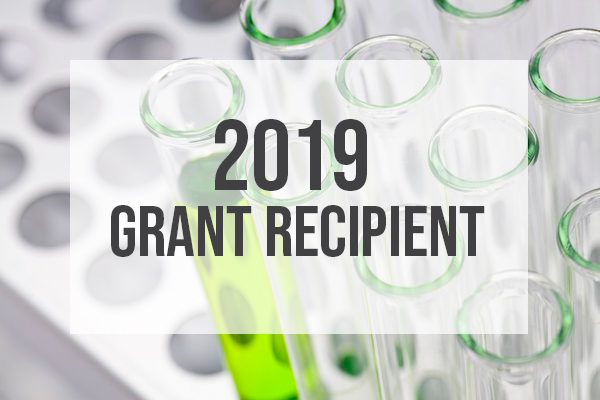
Stephen Evans
Research Fellow
Abstract:
For most cancer patients the best chance of cure or prolongation of life still includes using chemotherapy and/or radiotherapy, but their side effects are often severe and compromise quality of life. Reducing these without compromising (or even better, improving) their efficacy would be an important advance. Selenium (Se) compounds offer this potential.
In animal tumour models Se compounds can reduce the toxicity of chemotherapy and radiation while enhancing their efficacy, but higher doses of Se are necessary to activate the mechanisms that mediate this. The organic Se compounds Se-methyl-selenocysteine (MSC) and seleno-L-methionine (SLM) were more effective and safer than sodium selenite (SS) when given with chemotherapy, MSC being optimal.
Clinical trials confirmed that various Se compounds (at widely-varying doses) can significantly reduce important cancer treatment-related toxicities, but none have compared them, nor evaluated MSC. It is important to do so for two reasons: safety and efficacy. Genotoxicity (DNA-damaging effects) is reported with SS and SLM, the most commonly-used forms of Se in clinical trials, which could increase the risk of second malignancies after radiotherapy or chemotherapy. MSC is not genotoxic, is the most effective Se compound with chemotherapy or radiation in animals, and is safe in phase I clinical trials.
To establish the optimal Se compound and dose, we need to determine the dose-response relationship for mechanisms that mediate protection of normal tissues and enhance tumour cytotoxicity. We started with a laboratory study of normal and malignant human white blood cells, evaluating the concentration range across which Se optimally interacts with chemotherapy or radiation and the mechanisms involved.
We then planned a phase I clinical trial to evaluate Se across this dose range, randomising patients to take selenite, SLM or MSC for 8 weeks. Evaluation included safety, tolerability, pharmacokinetics (PK) and pharmacodynamic (PD) responses to Se in normal and malignant white blood cells, from metastatic cancer and CLL patients respectively. In the first cohort of 24 patients (12 with cancer, 12 with CLL) we started at a lower Se dose of 400 μg/day and confirmed its safety, but PK and PD analyses indicate that this dose, as predicted, is too low to optimally interact with cancer therapies.
We now plan to complete the study by evaluating higher doses in another 24 patients recruited over 12 months, with this grant application supporting half the budget, and the rest being sought elsewhere. Each patient will be randomised to selenite, SLM or MSC 1600 μg/day for 4 weeks then, if no dose-limiting toxicity is seen, 6400 μg/day of the same compound for a further 4 weeks. These doses are predicted to achieve plasma concentrations in the optimal range determined in preclinical studies and are within the range of doses of SS and SLM well-tolerated in previous clinical trials. None of those trials examined the dose-response relationship of the relevant mechanisms, and this second dose cohort will enable us to do so. We can then recommend the optimal Se compound (and dose) to be used in future clinical trials with anticancer therapies.
Would you like to support the work of the Foundation?
Contact us for more information, or simply make a donation.


